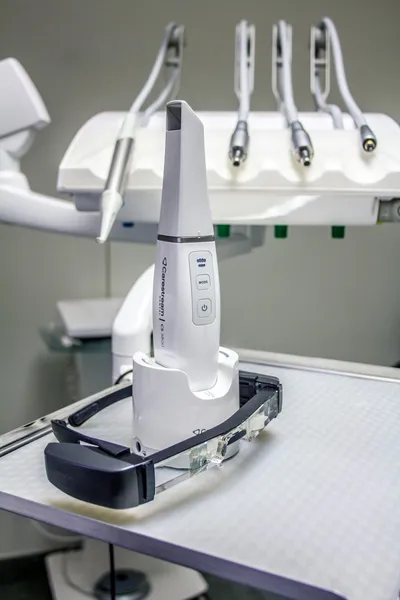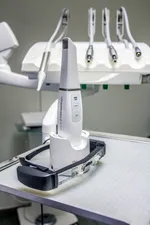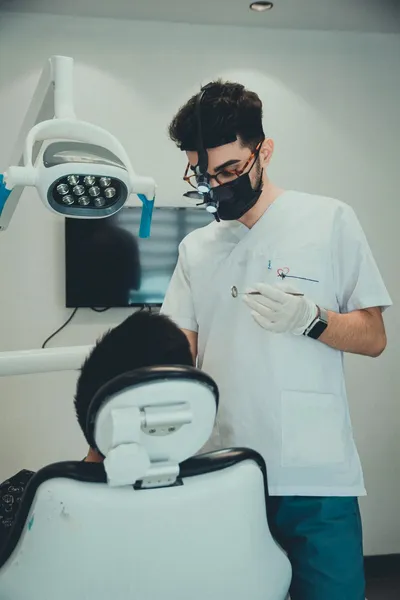
3D Printing in Dentistry: Shaping the Future of Dental Treatments
Introduction to 3D Printing in Dentistry
The integration of 3D printing technology into dentistry represents a giant leap forward in precision and customization. This cutting-edge technology is revolutionizing how dental professionals approach various treatments, providing improved outcomes and experiences for patients.
How 3D Printing Works in Dentistry
3D printing, also known as additive manufacturing, involves creating three-dimensional objects from a digital file. In the dental field, this technology allows for the production of highly accurate and customized dental appliances. The process typically involves the following steps:
1. Digital Scanning
First, a digital scan of the patient's mouth is created using an intraoral scanner. This provides an exact model of the patient's dental structure.
2. Design and Customization
The scanned data is then used to design a 3D model of the required dental appliance. Advanced software allows dentists to customize the design to fit the unique needs of each patient.
3. 3D Printing
Once the design is complete, it is sent to a 3D printer, which creates the physical object layer by layer using materials like resin, metal, or ceramic.
Applications of 3D Printing in Dentistry
3D printing has a wide range of applications in the dental field, including:
Custom Dental Implants
3D printing allows for the creation of dental implants that perfectly match the patient's jawbone structure, leading to better integration and improved success rates.
Orthodontic Appliances
From aligners to retainers, 3D printing enables the production of precise orthodontic devices tailored to the patient's specific needs, enhancing comfort and effectiveness.
Crowns and Bridges
Creating crowns and bridges becomes faster and more accurate with 3D printing, reducing the number of visits required for fitting and adjustments.
Surgical Guides
3D-printed surgical guides assist dentists in performing complex procedures with higher precision, such as placing implants or conducting bone grafts.
Benefits of 3D Printing in Dental Treatments
The adoption of 3D printing technology in dentistry offers numerous advantages:
Improved Precision
The high accuracy of 3D printing allows for the creation of dental appliances that fit perfectly, reducing discomfort and the need for adjustments.
Personalization
Each dental appliance can be customized to meet the unique needs of the patient, resulting in more effective treatments and better patient outcomes.
Faster Turnaround
3D printing significantly reduces the time required to create dental appliances, enabling quicker treatment progress and improved patient satisfaction.
Cost-Effectiveness
By streamlining the production process and reducing material waste, 3D printing helps lower the overall cost of dental treatments.
Conclusion: The Future of 3D Printing in Dentistry
The impact of 3D printing on dentistry is profound and continues to grow. As technology advances, we can expect even more innovative applications and improvements in patient care. Embracing 3D printing in dental practices promises to enhance the efficiency, accuracy, and accessibility of dental treatments, shaping a bright future for the industry.
Popular Dental Care Guides
Discover our most popular articles that our readers find the most helpful and insightful, covering a range of dental health topics.



Related Posts
View All
Innovations in Denture Technology: What You Need to Know


